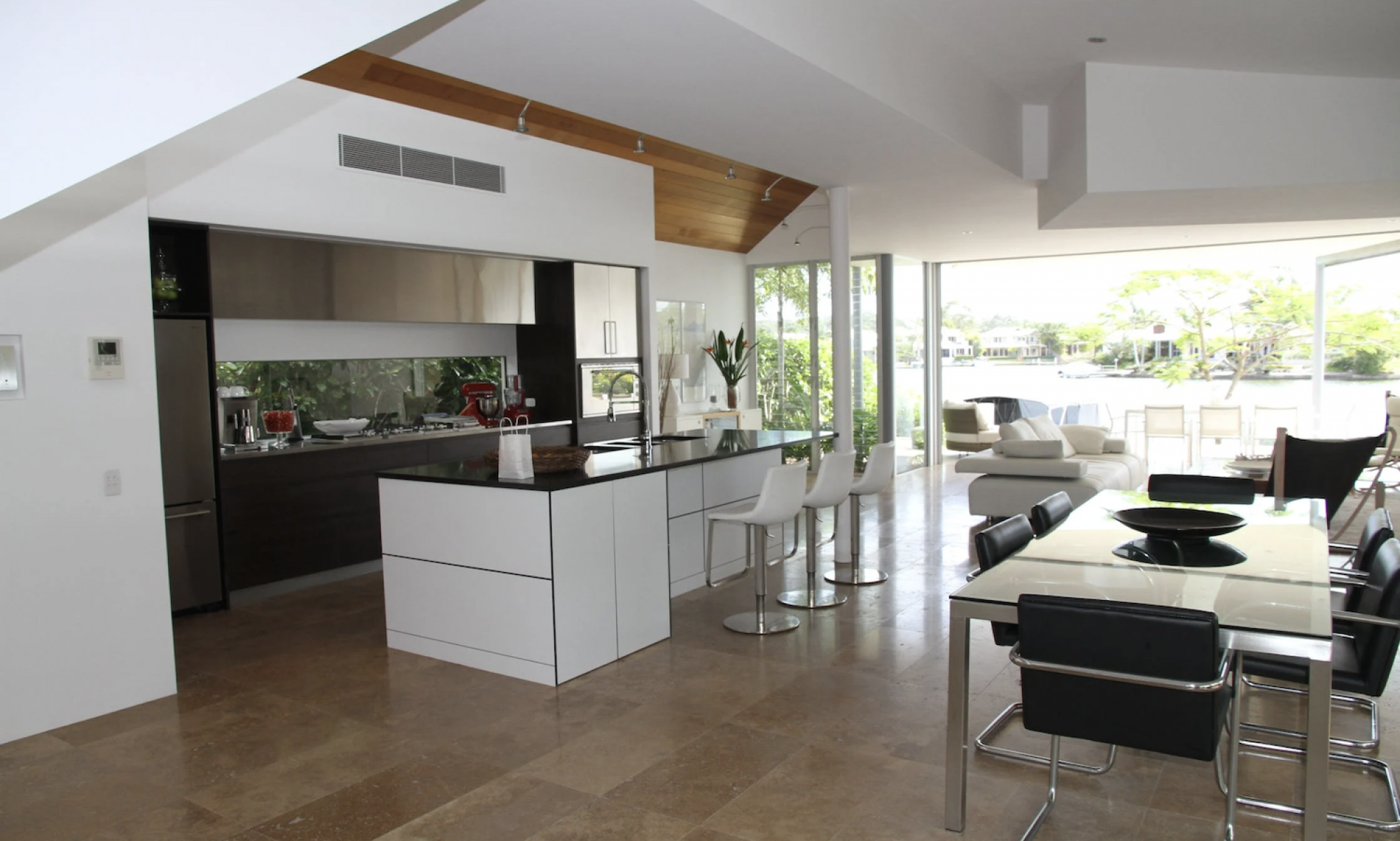
An advocate for healthcare play a vital role in our society. Whether you’re a healthcare professional, a patient advocate, or someone passionate about improving healthcare access and quality, having an effective and comfortable home office is essential for your work. A well-designed workspace can enhance your productivity, creativity, and overall well-being. In this blog post, we will explore how healthcare advocates can use simple home improvement tricks to transform their offices into inspiring and functional spaces. From ergonomics to aesthetics, we’ll cover various aspects of office improvement, helping you create a workspace that fosters your advocacy efforts.
Ergonomic Essentials
The Importance of Ergonomics
Ergonomics is the science of designing a workspace to maximize comfort and efficiency while minimizing the risk of injury. For healthcare advocates who often spend long hours in their home offices, proper ergonomics is crucial. Start by investing in an ergonomic chair that supports your spine and maintains a comfortable posture. Pair it with a desk at the right height to avoid straining your neck or shoulders. An adjustable chair and desk will allow you to tailor the setup to your specific needs.
Choosing the Right Chair
When selecting an ergonomic chair, look for features like lumbar support, adjustable armrests, and a breathable backrest. Make sure it has casters for easy movement and a swivel base for accessibility to your workspace. Testing chairs in person, if possible, can help you find the perfect fit for your body.
Setting Up Your Desk
A height-adjustable desk allows you to switch between sitting and standing, promoting better circulation and reducing the risk of developing musculoskeletal problems. Ensure that your desk has ample space for your computer, documents, and any other equipment you use regularly. Use an adjustable monitor stand to position your screen at eye level to reduce neck strain.
Lighting Matters
Natural Light vs. Artificial Light
Good lighting is essential for productivity and your overall well-being. Whenever possible, position your desk near a window to enjoy natural light. Natural light has been shown to boost mood, reduce eye strain, and enhance focus. However, if natural light is limited, invest in quality artificial lighting options.
Task Lighting for Efficiency
Task lighting, such as desk lamps with adjustable brightness levels, can provide focused illumination for your workspace. This is especially important for reading documents or working on intricate tasks. Look for LED lamps with color temperature control to adjust the lighting to your preference.
Reducing Glare and Eye Strain
Position your computer screen perpendicular to windows to minimize glare. Consider using anti-glare screens or curtains to control the amount of sunlight entering your office. Additionally, remember to take regular breaks to reduce eye strain and fatigue.
Organization and Storage Solutions
Decluttering Your Space
A cluttered workspace can be distracting and lead to decreased productivity. Dedicate time to declutter your office regularly. Organize and categorize your documents, supplies, and equipment. Consider using storage bins, drawer organizers, and cable management systems to keep everything tidy.
Smart Shelving and Storage
Maximize your office’s storage potential by incorporating shelves and cabinets. Floating shelves not only provide storage but also serve as decorative elements. Wall-mounted file organizers and shelving units can help you keep important documents within reach.
Filing Systems for Advocacy Materials
As a healthcare advocate, you likely have numerous documents, reports, and research materials. Invest in a reliable filing system with labeled folders or digital document management software to keep your advocacy materials organized and accessible.
Aesthetic Appeal
Colors for Focus and Creativity
The colors in your office can influence your mood and creativity. Consider incorporating calming colors like blues and greens for a peaceful atmosphere or energizing colors like reds and yellows for increased productivity. Personalize your space with color schemes that resonate with your advocacy mission.
Personalizing Your Space
Add a personal touch to your office with photographs, artwork, or items that inspire you. Display awards or certificates related to your healthcare advocacy work to remind yourself of your achievements and dedication to the cause. A personalized workspace can boost motivation and morale.
Inspirational Decor
Hang motivational quotes or posters that align with your healthcare advocacy goals. These visual reminders can help you stay focused and passionate about your work, even on challenging days.
Tech Upgrades
High-Speed Internet Connection
A reliable and high-speed internet connection is a must for healthcare advocates who rely on online resources, telehealth meetings, or data analysis. Invest in a good router and modem to ensure a stable connection.
Essential Hardware and Software
Ensure you have the necessary hardware, such as a powerful computer, printer, scanner, and microphone for virtual meetings. Stay updated with the latest software and apps that support your advocacy efforts, including project management tools and teleconferencing software.
Cable Management
Keep cables organized and out of sight to prevent tangling and create a neat workspace. Cable clips, sleeves, and cable trays can help you maintain a clutter-free environment.
Plants and Greenery
Benefits of Indoor Plants
Introducing indoor plants into your office can have numerous benefits. They purify the air, reduce stress, and add a touch of nature to your space. Select low-maintenance plants like snake plants, pothos, or succulents that thrive indoors.
Low-Maintenance Plants
If you’re not particularly green-thumbed, don’t worry. Many indoor plants require minimal care, making them perfect for busy healthcare advocates. Ensure they receive adequate light and occasional watering.
Creating a Green Oasis
Position your plants strategically around your office to create a calming and inviting atmosphere. Hanging plants or wall-mounted planters can also save desk space while adding a refreshing element to your workspace.
Soundproofing
Noise Reduction Strategies
A quiet environment is essential for concentration and effective communication during virtual meetings or phone calls. If your home office is prone to noise from outside or adjacent rooms, consider soundproofing solutions.
Acoustic Panels and Materials
Acoustic panels, rugs, and curtains can help absorb sound and reduce echoes in your office. These materials not only improve the acoustic quality of your workspace but also enhance its aesthetics.
Maintaining a Quiet Environment
Set boundaries with family members or housemates to ensure your office remains a quiet and focused space during working hours. Noise-canceling headphones can also be a valuable addition for maintaining concentration.
Budget-Friendly Tips
DIY Solutions
If you’re on a budget, many home improvement and organization projects can be accomplished through DIY methods. Look for online tutorials and repurposing ideas to save money while enhancing your office.
Thrifting and Upcycling
Explore thrift stores or online marketplaces for affordable furniture and decor pieces. With a bit of creativity and some paint or new hardware, you can transform second-hand items into unique office additions.
Planning and Prioritizing
Prioritize improvements based on your budget. Start with essential upgrades and gradually add more elements as your finances allow. Planning and budgeting can help you achieve your ideal home office over time.
Conclusion
A well-designed home office is a valuable asset for healthcare advocates. By implementing the simple home improvement tricks discussed in this article, you can create a workspace that enhances your comfort, productivity, and overall well-being. Remember that your office is a reflection of your dedication to healthcare advocacy, and an inspiring and functional workspace can fuel your passion for positive change in the healthcare industry. Whether you prioritize ergonomic comfort, aesthetic appeal, or organization, these improvements can make a significant difference in your advocacy efforts. Invest in your workspace, and it will undoubtedly pay dividends in the long run.

